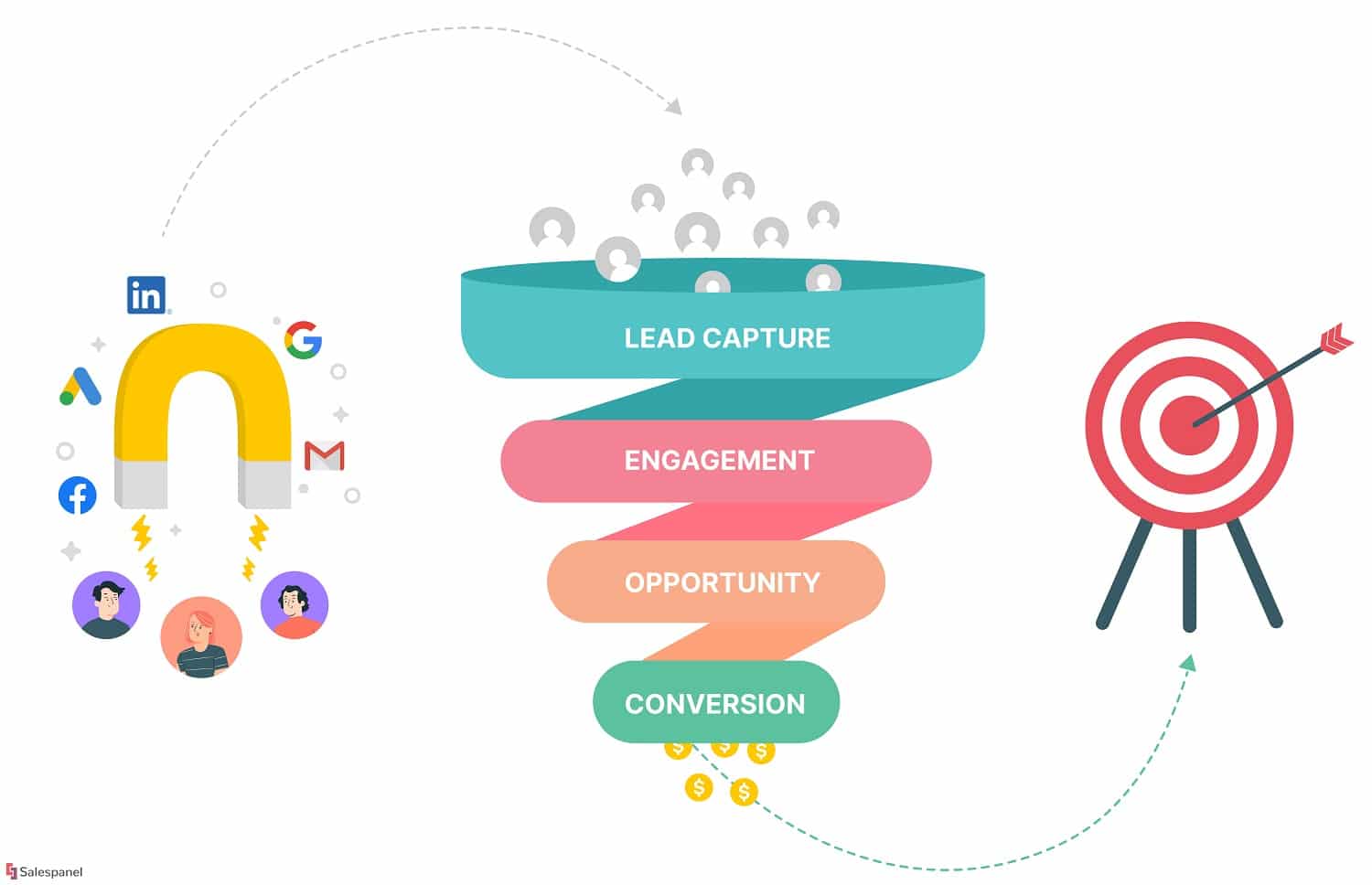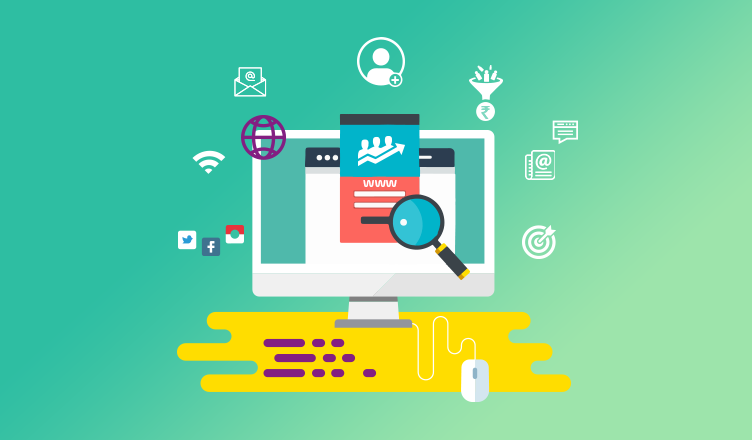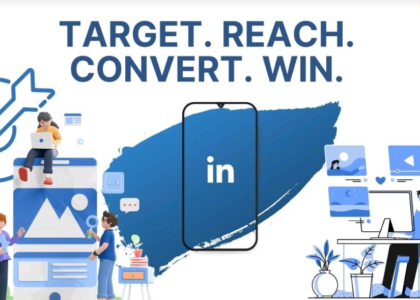Asia isn’t just rising — it’s rewriting the rules of global business. Across industries, from manufacturing to SaaS, B2B relationships are being redefined by speed, scale, and digital sophistication. What used to be transactional has become deeply strategic. Companies aren’t just chasing leads anymore; they’re chasing the right connections that can spark long-term, high-value partnerships.
In this new landscape, traditional outreach methods fall flat. Cold emails and generic pitches can’t pierce through the noise of modern decision-making. Instead, smart, data-driven targeting and personalized engagement have become the bedrock of success. Businesses that understand cultural nuance, regional market maturity, and digital behavior are the ones breaking through.
This is where B2B Lead Generation for Asia takes center stage. The region’s vast diversity demands precision — what resonates in Singapore might miss the mark in Japan or Indonesia. Success hinges on a blend of analytics and empathy, automation and authenticity. In short, B2B in Asia rewards those who adapt fast and act smart.

What Smart Lead Generation Really Means in B2B
“Smart” is a word thrown around too often. But in the context of B2B lead generation, it means being strategically intelligent — merging data, technology, and human insight to identify not just any lead, but the right one.
In Asia’s dynamic markets, this requires understanding both macroeconomic shifts and micro-level buyer intent. It’s about leveraging automation tools to filter prospects while keeping a pulse on local nuances that algorithms can’t fully grasp. Smart lead generation is powered by predictive analytics, AI-assisted profiling, and multi-channel engagement — but its real strength lies in adaptability.
Smart doesn’t mean robotic. It means relevant. It’s when your outreach hits the mark because it speaks the language — literally and metaphorically — of your audience. From localized content campaigns to region-specific data enrichment, smart B2B lead generation is an evolving art that blends modern technology with timeless business instincts.

Asia: The New Epicenter of B2B Growth
If the past decade belonged to Western markets, the next one belongs to Asia. This region has become the engine room of global B2B growth — home to booming middle markets, hyper-digital economies, and innovation ecosystems that rival Silicon Valley.
From Singapore’s fintech dominance to India’s SaaS explosion and China’s industrial innovation, Asia’s economic diversity is its greatest asset. Each country represents a unique frontier — ripe with demand, ambition, and potential collaboration. Yet, navigating these markets isn’t about a one-size-fits-all approach. It’s about customization, understanding decision cycles, and mastering local relationship-building.
That’s why companies investing in B2B Lead Generation for Asia are finding themselves ahead of the curve. They’re not just generating leads; they’re building ecosystems of trust, influence, and opportunity. The Asian B2B landscape rewards persistence, but it also rewards intelligence — the kind that blends technology with cultural fluency and strategic patience.
In short, Asia’s growth story isn’t coming — it’s already here. The question is, are you ready to be part of it?

Precision in Action: Smart Strategies for Asian Lead Generation
In the complex mosaic of Asian markets, one-size-fits-all strategies collapse under their own weight. To win here, precision is everything. Smart B2B lead generation isn’t about more leads — it’s about better ones. That means focusing on intent-based targeting, segmentation by industry maturity, and data-enriched personalization.
Start with the fundamentals: know your buyer. Asian B2B buyers are pragmatic and relationship-driven. They value credibility and consistency more than flash. So, before you automate anything, map your audience personas with surgical accuracy. Use CRM insights, AI tools, and behavioral analytics to track decision-making patterns unique to each market.
Second, invest in content localization. What resonates in Singapore might sound tone-deaf in Vietnam. Translate your message beyond language — align it with local business etiquette, values, and timing.
Finally, master Account-Based Marketing (ABM). In Asia’s hierarchical business culture, influence flows top-down. Target key accounts with personalized outreach built on data and insight. This is where B2B Lead Generation for Asia truly delivers: identifying the decision-makers who matter and engaging them intelligently, not aggressively.
Smart lead generation is a game of precision — where strategy meets empathy, and analytics sharpen intuition.

Powering Growth Through Technology and Automation
Technology isn’t replacing human intelligence — it’s amplifying it. The best-performing B2B organizations across Asia are those using automation as a growth engine, not a crutch. They know when to let data work and when to let intuition lead.
Modern lead generation tools like AI-powered CRMs, predictive analytics, and marketing automation platforms allow teams to scale outreach while maintaining quality. Automation ensures no opportunity slips through the cracks, while analytics reveal which channels — webinars, LinkedIn, email, or industry events — actually move the needle.
Yet, technology alone can’t close deals. Relationships still matter more than dashboards. Asian buyers expect personalization — they can sense when an email or pitch is auto-generated versus genuinely tailored. The sweet spot lies in blending automation with human creativity: using data to inform, not dictate.
For companies leveraging B2B Lead Generation for Asia, technology is the bridge that connects scale with sincerity. The businesses thriving today are those that know how to make digital systems serve their strategy — not the other way around.

Breaking Barriers: Navigating Regional Challenges with Confidence
Asia’s potential is immense — but so are its complexities. From data privacy laws in Singapore to market-entry regulations in China and language diversity across Southeast Asia, the challenges can seem overwhelming. Yet, this is precisely where the great separate themselves from the good.
Smart B2B marketers treat these challenges not as obstacles but as filters for quality. They study regional compliance early, adapt their messaging to cultural nuances, and collaborate with local experts to ensure relevance and respect.
Cultural sensitivity can’t be faked. Whether it’s understanding negotiation etiquette in Japan or the importance of personal referrals in Indonesia, every detail counts. Trust is the ultimate currency in Asian B2B — and it’s earned over consistent, authentic engagement.
Here’s the truth: if your lead generation strategy isn’t built to flex with Asia’s regional realities, it will snap under pressure. That’s why specialized partners in B2B Lead Generation for Asia have become essential. They bridge the knowledge gap, align outreach with local expectations, and turn regional barriers into competitive advantages.
Winning in Asia requires grit, humility, and adaptability. And those who embrace the region’s complexity will be the ones who own its future.
Conclusion: The Smart Path Forward for B2B Growth in Asia
The B2B frontier in Asia is no longer an untapped opportunity — it’s a proving ground for businesses ready to think bigger, act smarter, and move faster. Those who succeed here aren’t just deploying campaigns; they’re building ecosystems of trust, data, and human connection.
True success in B2B Lead Generation for Asia means understanding that growth isn’t a straight line — it’s a network of evolving relationships. It’s where insight replaces assumption, and strategy outperforms volume. The winners in this landscape are the ones who listen deeply, adapt quickly, and lead with precision.
Asia rewards those who respect its diversity, invest in its people, and leverage technology with intention. When you combine smart lead generation with local understanding, you don’t just generate leads — you generate momentum.
In the end, growth across Asia isn’t about chasing markets. It’s about mastering them. And those who embrace this balance — between global reach and regional depth — will define the next era of B2B excellence.





